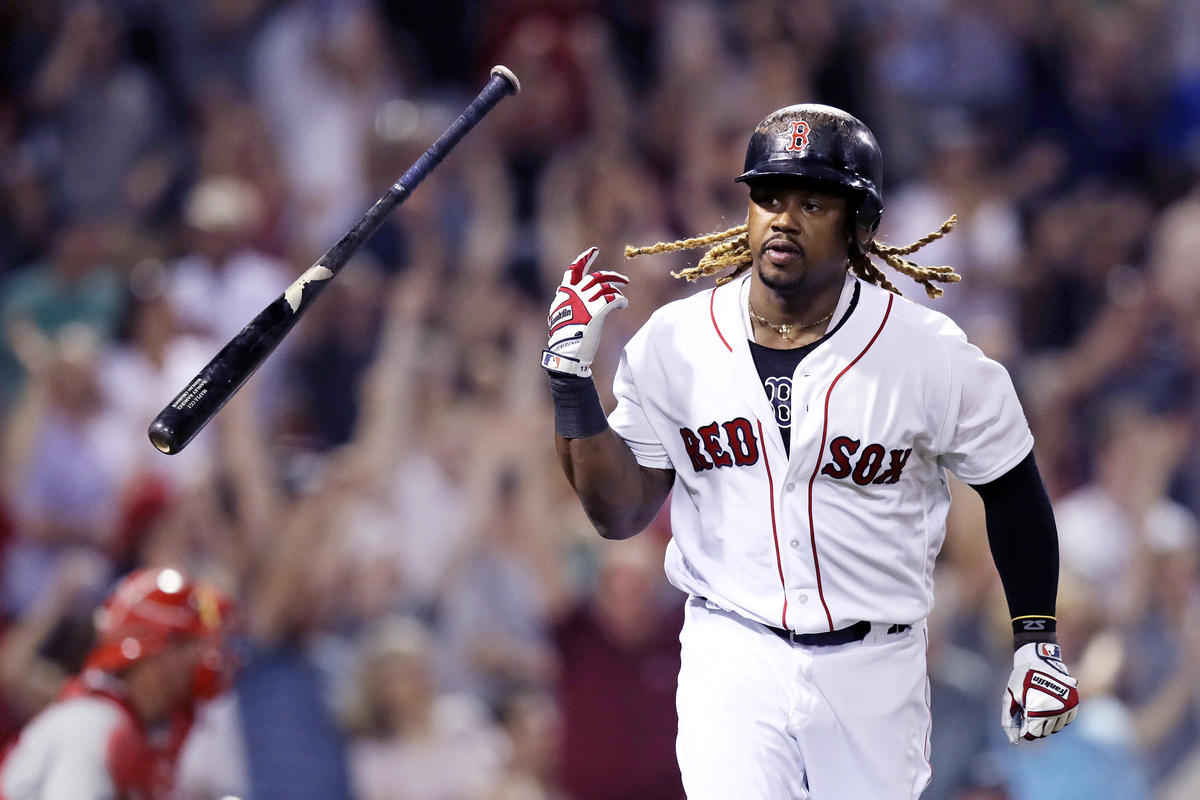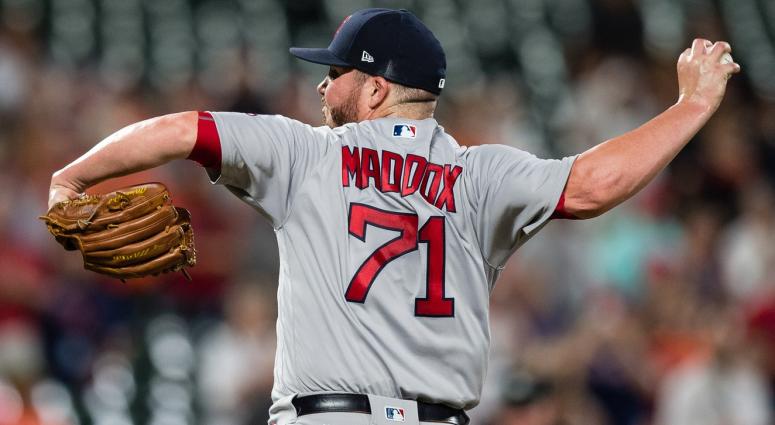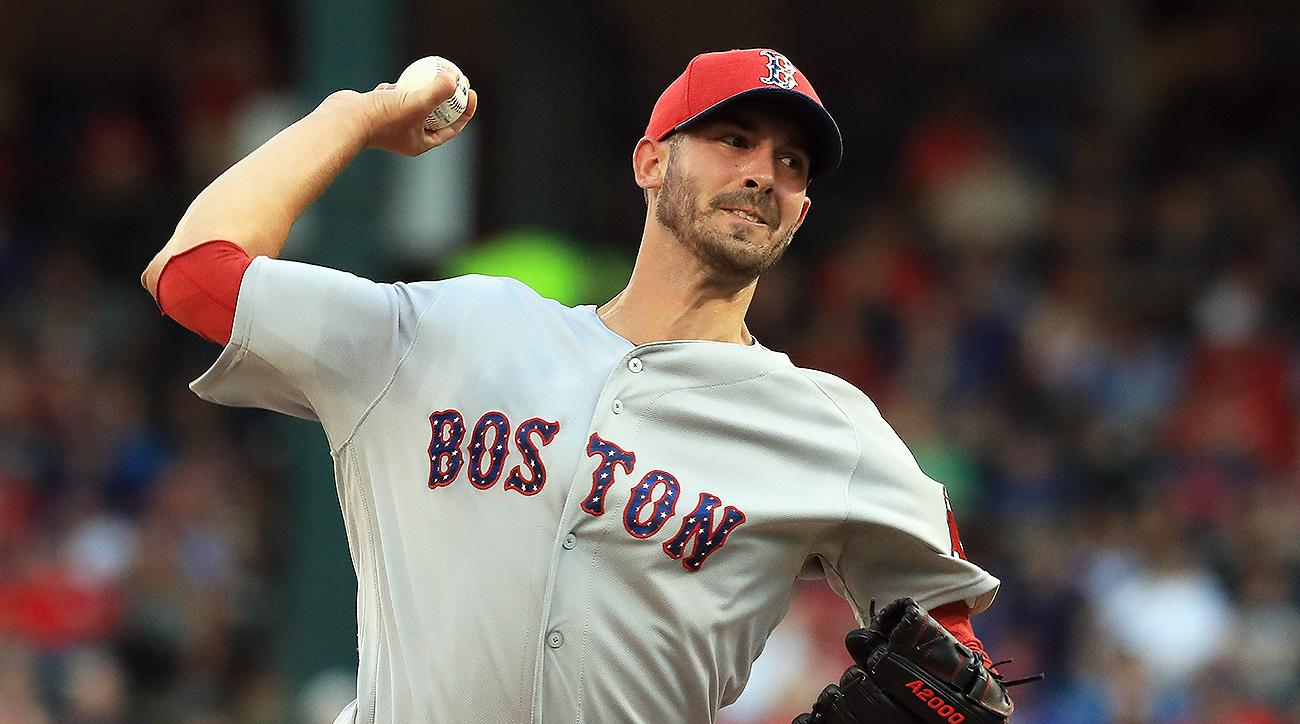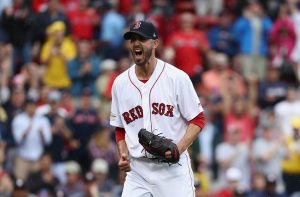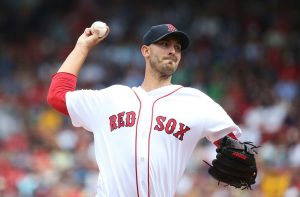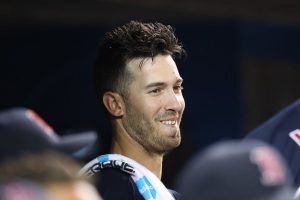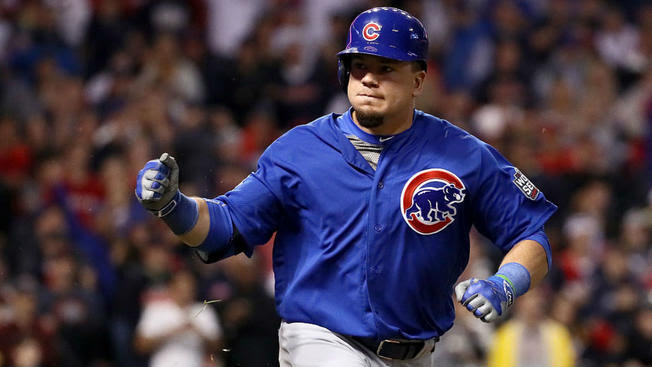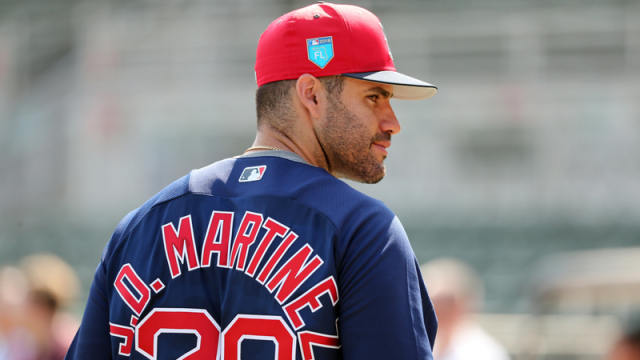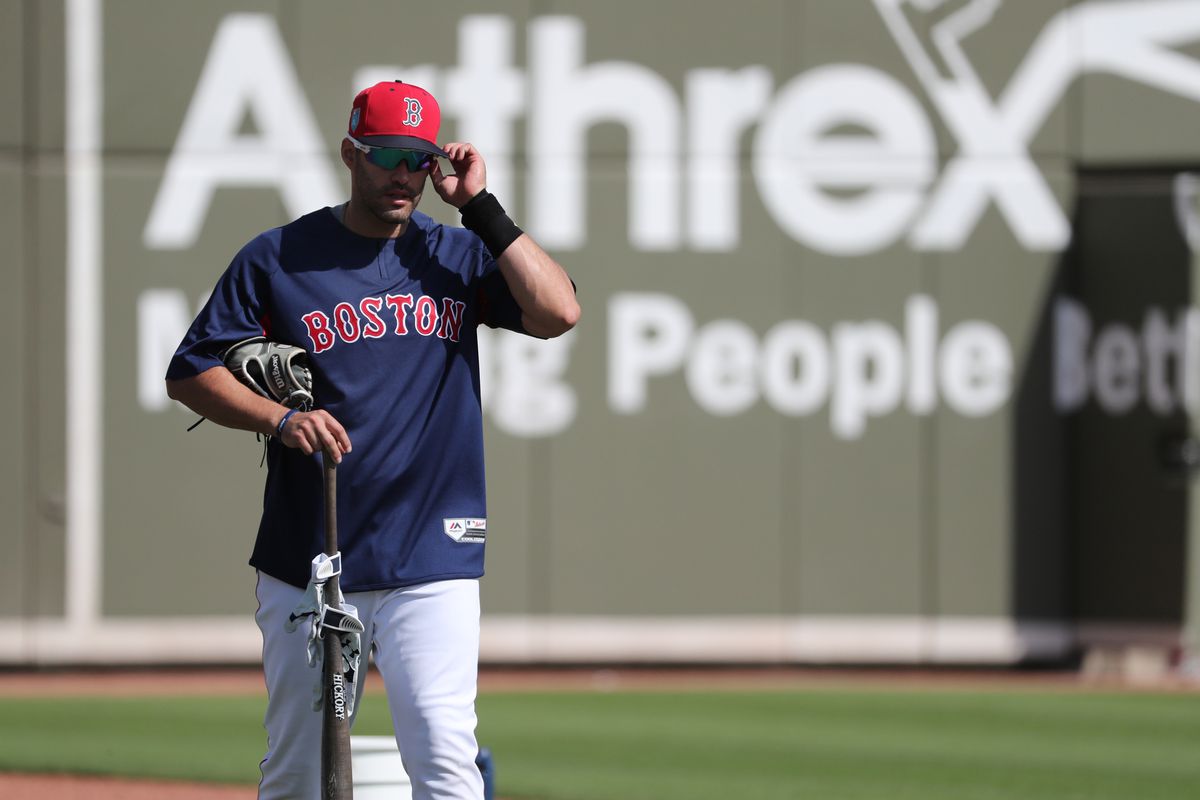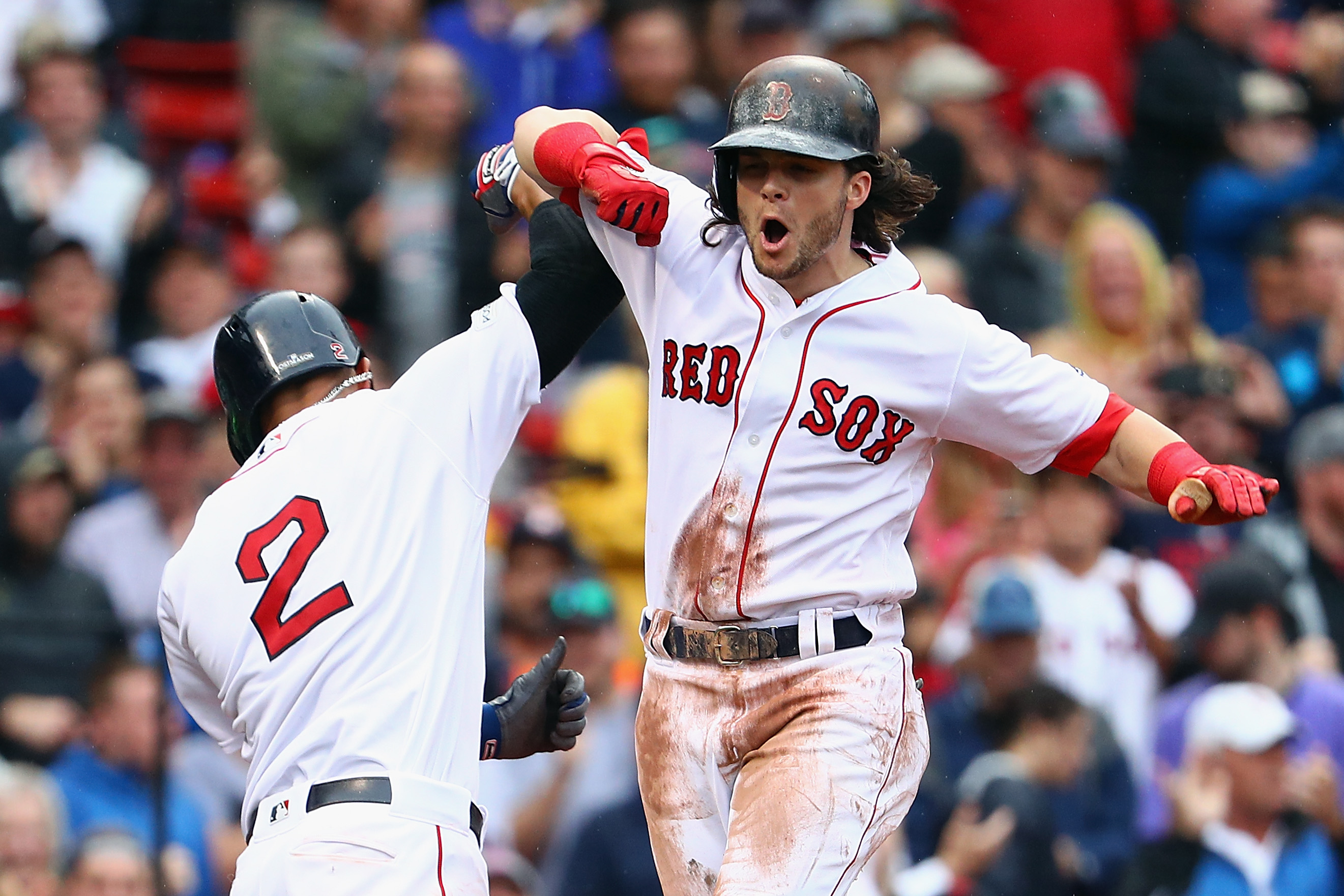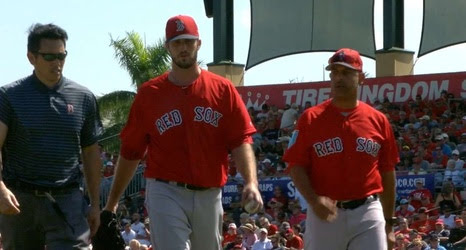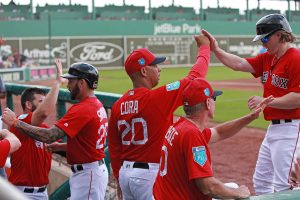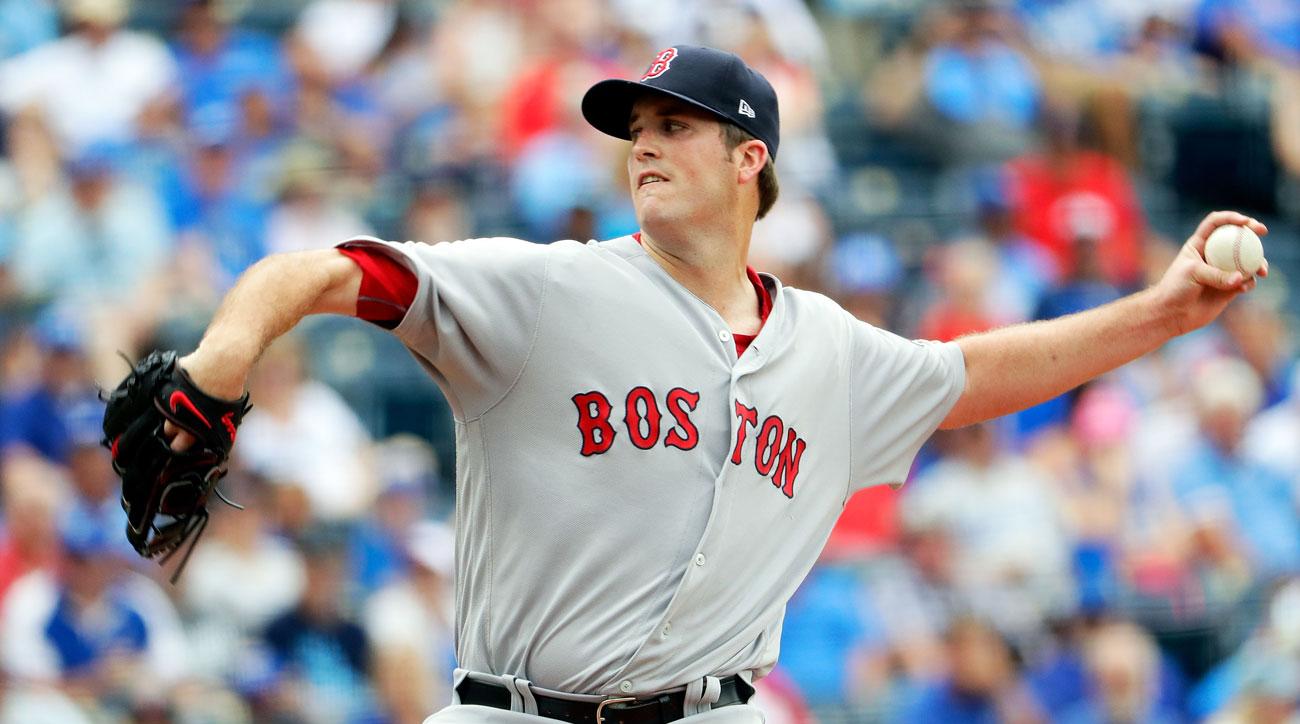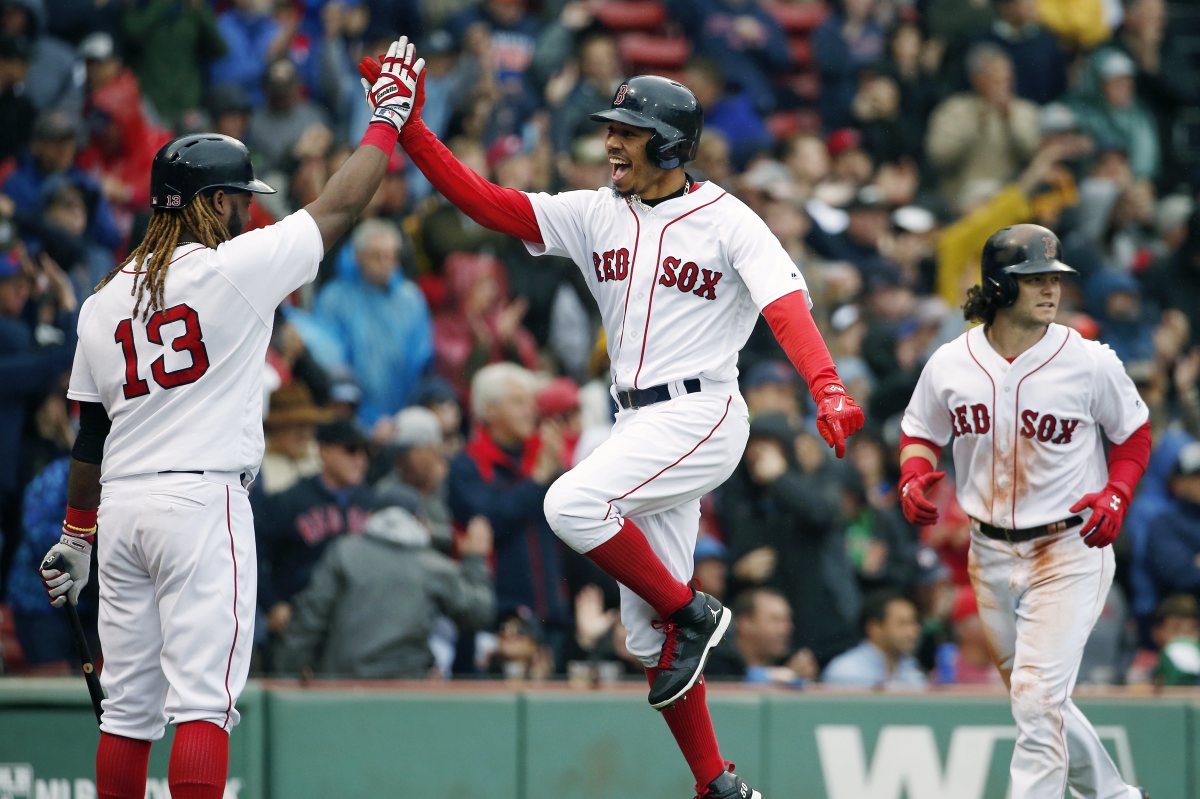Hanley Ramirez has every opportunity to turn his below average 2017 season in Boston around. As he continues his “bat first, glove last” career approach, another name came to mind for finding a fair prediction of the kind of player Ramirez could be. Clearly, the better hitter of the last 3-4 years has been Cruz. However, comparing their age 31-33 seasons (the point of their careers where their glove becomes a liability) may not be so crazy.
Ramirez and Cruz
Nelson “Boomstick” Cruz, one of the more intimidating bats in the league, has been a pleasure to watch since he started playing consistently in 2009. Even in his age 36 season, he managed to hit 39 homers in one of the leagues least hitter-friendly ballparks. For the past three years he hit 40+ homers. The main focus on hitting and a neglect for defense could be a successful contributor to why he is one of the most prolific home run hitters at his age. Sound familiar?
Hanley Ramirez was always known as a bat first kind of shortstop, but his overall defensive career in Boston has been riddled with confusion and frustration. His first season with the Red Sox, when he was thrown into the outfield for 92 of his 105 games played, was like watching someone with no legs try to catch fly balls on ice. It was woeful and everyone knew it. The next experiment was to put him at first base, where all of the aging sluggers eventually go to before transitioning to a full time DH player (see: David Ortiz, Albert Pujols).
Hanley achieved a -13 dWAR figure, which puts him towards the bottom third for all first basemen in 2017. Now I’m not saying his defensive time at first base is anywhere near the horrific display in the outfield. But, when similar aging first basemen such as Joe Mauer, Chase Headley and Miguel Cabrera are achieving dWAR figures that are twice as good as Hanley’s, it could be a sign for the future. Simply, Hanley Ramirez is just not meant to be a positional player anymore. This is not a bad thing being that this is what the DH position is turning out to be, and Hanley seems like the perfect mold.
Similarities
It seems like Hanley can turn into the kind of player Cruz has become of recent. For starters, both players are 6’2″ and Cruz only weighs five more pounds. Hanley has a career WAR of 37, Cruz has 30. For what it’s worth, both hail from the Dominican Republic. The comparison can get deeper. This is what I found when I compared both player’s age 31-33 seasons:
AVG: Cruz (.266) Hanley (.261)
OBP: Cruz (.327) Hanley (.328)
SLG: Cruz (.497) Hanley (.457)
HR%: Cruz (5.1%) Hanley (4.5%)
BAbip: Cruz (.295) Hanley (.284)
Here’s the kicker to all of this (as there are many): Hanley is getting paid three times more than Cruz was in his age 31-33 seasons. Naturally, everyone expects Hanley to hit the ball three times as well as Cruz did, which is impossible. Also, the acquisition of J.D. Martinez will greatly limit Hanley’s appearances at DH. Platooning with Mitch Moreland at first base will likely do the same. Looking at average exit velocities over the last three years, Cruz has been able to stay in the 92+ mph range (92.9, 94.5, 92.8) while Hanley’s has declined (90.1, 90.3, 88.4). However, don’t lose hope in Ramirez, as it seems he will be starting the season hitting third in the Sox lineup. He has every opportunity to have one of the best offensive years of his career. Personally, I can see him being a carbon copy of Nelson Cruz. Being that Hanley plays in a more forgiving venue, offensively, he can definitely take advantage.
Plus, the TB12 workout helps as well.
Follow me for more Red Sox takes @ELJGON
Cover image courtesy of The Boston Herald.
